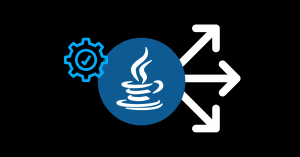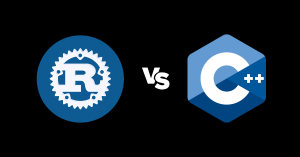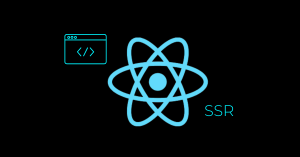In the rapidly changing software development landscape, serverless architecture is evolving from traditional cloud-based or server-centric infrastructure. This novel technique enables developers to create and execute applications and services without the complexity of managing servers. Serverless computing, which abstracts the underlying infrastructure, provides a way to improve flexibility and scalability, making it an essential advancement in the technology sector.
The following article will demystify serverless architecture by delving into its underlying concepts, benefits, challenges, and practical applications. Whether you’re a seasoned developer or new to the sector, understanding serverless computing can open up new avenues for application development and deployment.
We’ll compare serverless to traditional and container designs and explain why it can be the best option for your next project.
What is Serverless Architecture?
Serverless architecture is essentially a means of offering backend services as needed. Developers can build and deploy applications and services without handling the underlying infrastructure. Cloud providers handle services like Function as a Service (FaaS), databases, storage, and APIs, allocating resources dynamically.
The shift from managing servers to serverless computing requires a more cost-effective approach. Traditional server-based models can require a large amount of overhead, as developers must allocate resources, manage server health, and expand infrastructure in response to demand. Serverless computing, particularly FaaS, represents an evolution, providing a solution in which the cloud vendor handles these issues, allowing developers to focus entirely on application code.
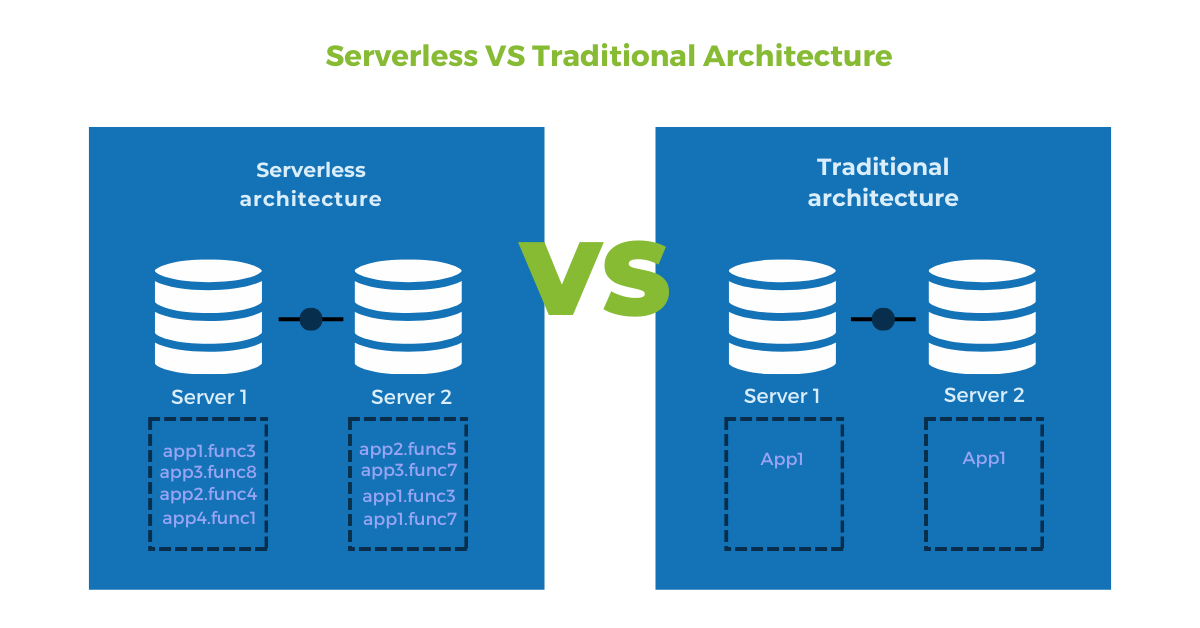
Evolution from Traditional Models
In traditional server-based designs, developers and IT teams are responsible for managing servers, whether they are physical or virtual. This involves server provisioning, scaling, and maintenance. However, these models add complexity and possible inefficiencies, particularly in resource allocation and scaling.
Serverless designs eliminate the requirement for server management, allowing developers to focus on application development. By abstracting away the management of servers, serverless will enable developers to focus on building event-driven application code that is responsive to business demands.
Fundamental Concepts in Serverless Architecture
Serverless computing is built around a few fundamental characteristics that set it apart from traditional computing models:
- The cloud provider handles server management, upgrades, and scaling, simplifying deployment.
- Serverless functions are designed to be stateless, which means that each execution is independent of the previous one, and the system does not need to maintain track of state between them.
- Serverless architectures thrive on them. Functions are executed in response to particular triggers, such as HTTP requests, file uploads, or scheduled tasks, which makes the system extremely responsive.
- Pay-per-execution billing is based on the actual amount of resources spent per execution, making serverless a cost-effective solution for many applications.
These approaches work together to increase the efficiency and scalability of serverless applications, allowing developers to design responsive and flexible apps without the burden of server maintenance.
How Does Serverless Architecture Work?
The workflow of serverless architecture is a smooth process that begins when an event activates a function. Here’s a simple breakdown:
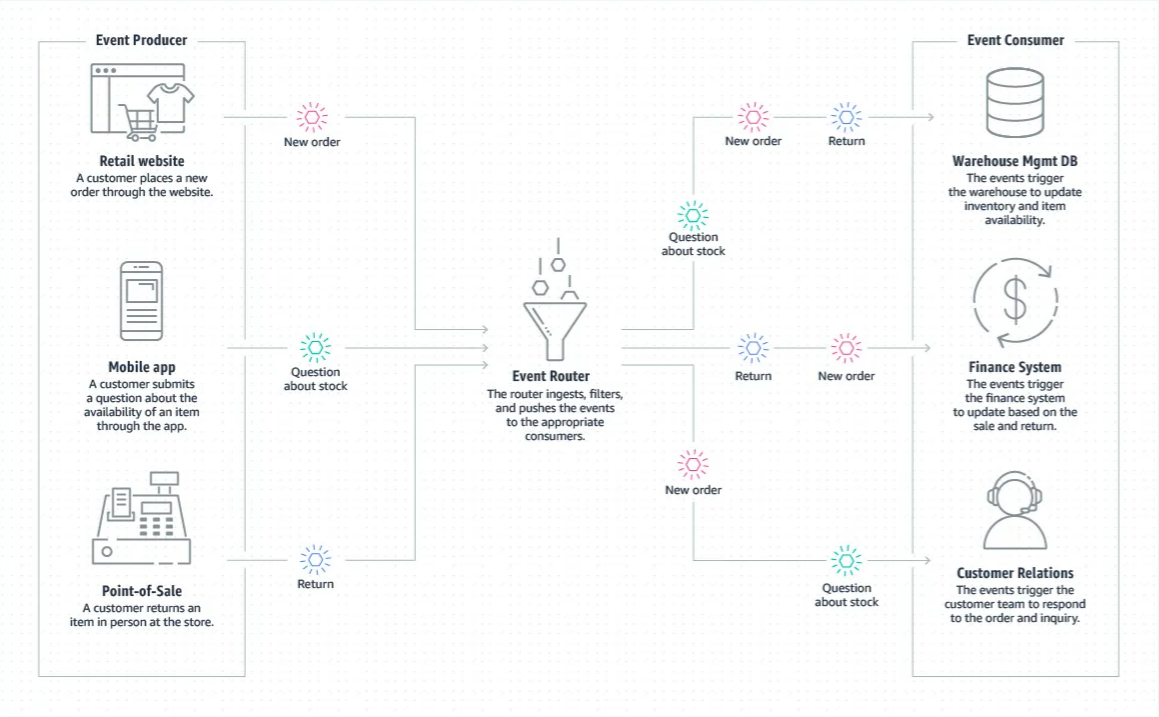
- An event, such as an HTTP request, file upload, or scheduled job, initiates the execution of a function.
- The cloud provider provides resources dynamically and executes the function. This may include running application code to process data, connect with a database, or communicate with other services.
- Resources are automatically scaled based on load, ensuring the function has sufficient processing power to run efficiently.
- The function finishes its task and returns a result. This could be a response to an API request, a processed file in a storage bucket, or any other actionable result.
Serverless Platforms
Several popular platforms facilitate the serverless architecture workflow.
AWS Lambda
AWS Lambda is frequently credited with putting serverless computing at the forefront of cloud technology. It allows developers to run code reacting to events such as data changes within AWS services, HTTP requests sent via Amazon API Gateway, or queue actions in AWS SQS. This versatility enables a wide range of applications, including web applications, data processing, and real-time file processing.
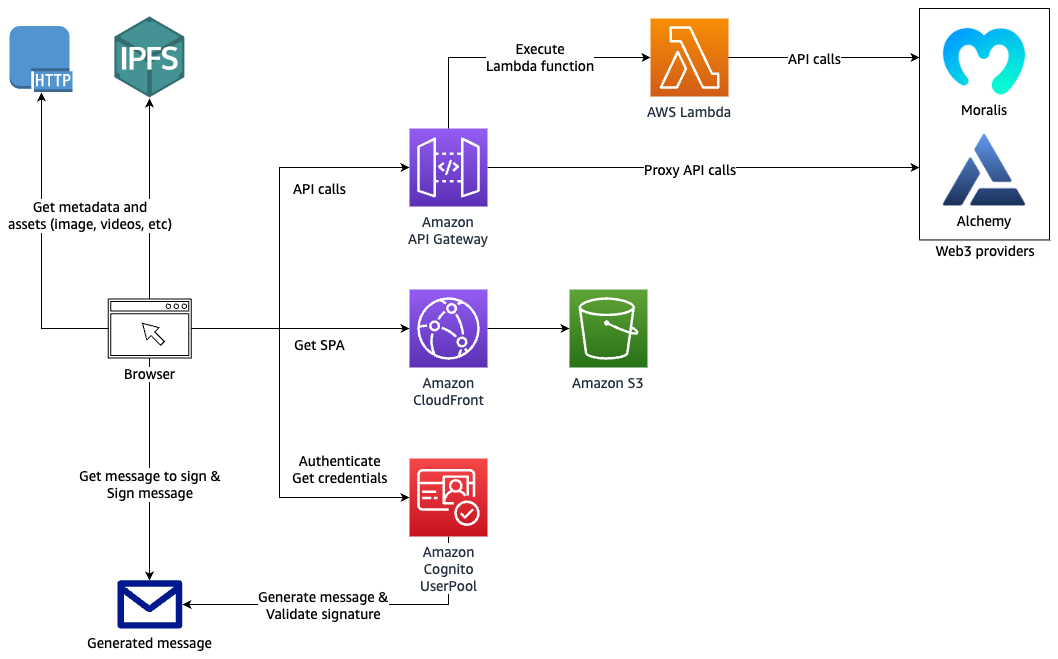
Lambda functions grow seamlessly with the workload, from a few daily requests to thousands per second, without manual intervention. The pricing model depends on the number of requests for your functions and the time it takes for your code to execute, making it an affordable solution for various use cases. AWS Lambda works efficiently with other AWS services to create a rich ecosystem for deploying serverless applications.
Google Cloud Functions
Google Cloud Functions is a scalable pay-as-you-go function as a service (FaaS) solution that enables developers to run event-driven code directly in Google’s cloud. It supports a wide range of Google Cloud events, from Cloud Storage updates to Pub/Sub messaging events, making it an adaptable option for developing and integrating cloud services without managing an underlying infrastructure.

Google Cloud Functions prioritizes usability and integration, allowing developers to focus only on their code while Google handles the scaling, provisioning, and administration of compute resources. This platform is ideal for developing and connecting cloud services, such as apps that respond to cloud events, process data pipelines, or manage webhooks and HTTP requests.
Azure Functions
Azure Functions offers a robust, event-driven, serverless compute experience that grows with demand. It supports a wide range of triggers, including HTTP triggers, timer triggers, and hooks into various Azure services. This makes it an ideal tool for developing large, integrated cloud applications that require interactions with the Azure ecosystem and beyond.
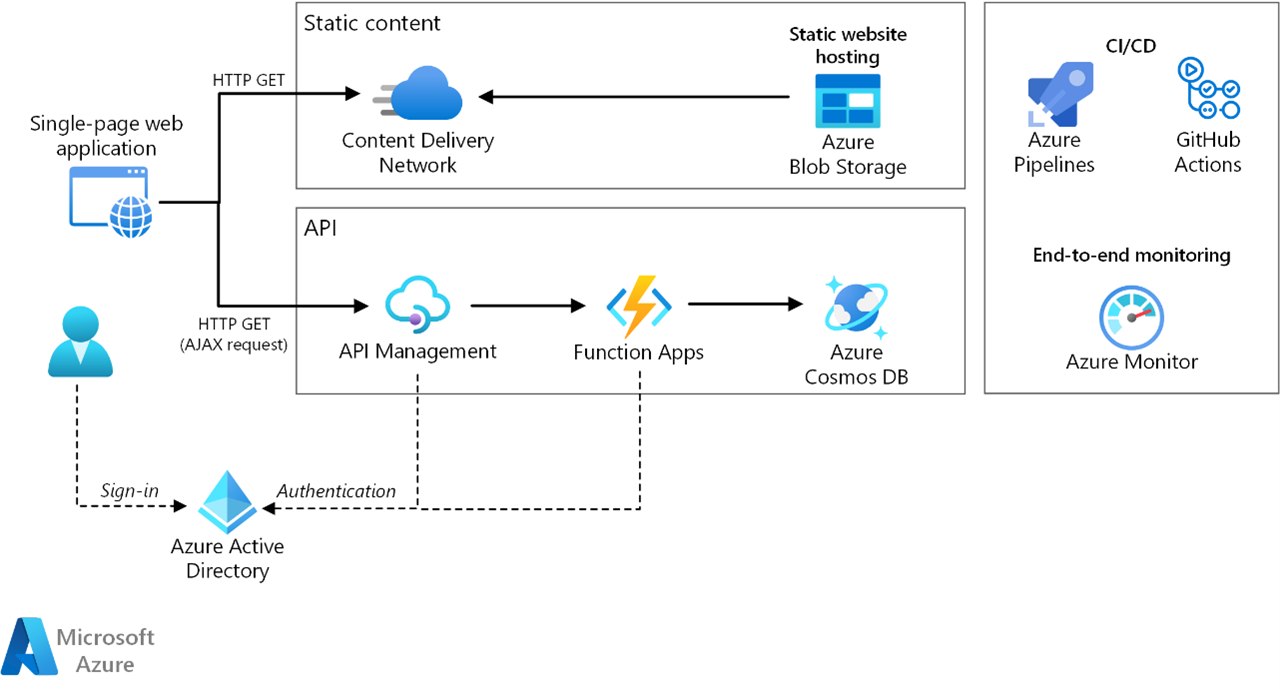
One of Azure Functions’ important advantages is its support for various programming languages, including C#, F#, Node.js, Python, and PHP, which allows developers to utilize a language they are familiar with. Azure Functions provides both consumption and premium plans, responding to various requirements regarding execution time, scale, and network connectivity. The platform’s integration with Azure DevOps and GitHub enables developers to deploy and manage their functions throughout the application lifecycle.
These systems illustrate serverless computing’s flexibility and developer-centric approach, providing solid solutions that enable developers to focus on their code rather than the infrastructure. Using these serverless platforms, developers may create highly scalable, efficient, and cost-effective serverless applications that respond dynamically to their users’ needs.
Benefits of Using Serverless Architecture
Adopting serverless architecture brings numerous advantages.
Cost Efficiency
The pay-per-execution framework of serverless architecture is a defining approach to cloud computing cost management. Traditional cloud services frequently involve provisioning and payment for a set amount of capacity, regardless of actual consumption.
This might result in over-provisioning for peak loads or under-utilizing resources during off-peak periods. On the other hand, serverless computing precisely aligns prices with actual usage by charging developers based on the number of executions and runtime of their functions. This granular charging methodology can significantly reduce costs, particularly for applications with unpredictable traffic patterns.
Scalability
One of the most enticing features of serverless applications is their ability to scale dynamically in response to demand. This flexibility allows applications to adjust to changing loads without requiring manual scaling controls or extra servers. Serverless platforms handle scaling efficiently, ensuring each function invocation has enough resources to run. This enhances application stability and performance and frees developers from the complexities of capacity planning.
Operational Complexity
Serverless computing removes much of the operational complexity of traditional server-based designs. Developers no longer have to deal with server maintenance, patching, or security updates. This enables teams to concentrate more on the core functionality of their apps, increasing productivity and allowing for faster responses to business needs. Reducing operational overhead simplifies the development process while allowing firms to manage resources better, focusing on innovation and customer experience.
Time To Market
The streamlined workflow serverless architecture provides can significantly speed up the development process. With the operational issues of server administration offloaded to the cloud provider, developers can deliver updates and new features more quickly. This agility allows firms to respond more swiftly to market developments, consumer input, and competitive pressures, offering value to users at a faster pace.
Drawbacks of Using Serverless Architecture
There are some considerations when adopting a serverless architecture.
Cold Starts and Latency
One of the issues of serverless computing is the delay created by cold starts, which is the time it takes for a serverless function to resume execution in response to an event after a period of inactivity. This can have an impact on application responsiveness, especially for those that execute infrequently. Keep functions warm through regular invocations and optimize function startup times to prevent cold starts.
Vendor Lock-In
Serverless architecture is frequently dependent on the specific capabilities and services provided by a cloud provider, which can lead to vendor lock-in. Migrating a serverless application to another platform may necessitate extensive reworking, particularly if the program relies on provider-specific services and APIs. To reduce this risk, developers might build their applications with portability in mind, such as leveraging containerization or implementing multi-cloud techniques when possible.
Monitoring and Debugging
Due to serverless applications’ dispersed and transitory nature, traditional monitoring and debugging tools and procedures may not be directly applicable. The granularity and scale of serverless might make it difficult to detect problems or comprehend performance constraints.
Cloud providers offer specific tools for monitoring and troubleshooting serverless applications, while third-party solutions can provide more in-depth insights into serverless settings. Embracing these tools and adapting debugging procedures to the serverless architecture is critical for retaining visibility and control over serverless apps.
Use Cases for Serverless Architecture
The use cases for serverless architecture demonstrate the versatility and strength of this computing technology across multiple areas. Developers and organizations can better capitalize on the benefits of serverless by understanding the precise contexts in which it excels.
Microservices
Microservices design entails creating a single application as a collection of small, independently deployable services. Each service has a distinct process and communicates using well-defined APIs. For a variety of reasons, serverless architecture is ideal for microservices.
- Each microservice can be scaled separately, resulting in effective resource utilization and cost savings. Serverless platforms expand these services on demand, eliminating the need for manual intervention.
- Serverless makes it easier to deploy and manage microservices. Developers can concentrate on their code and logic without considering the underlying infrastructure.
- By splitting down apps into smaller components, teams can create, test, and deploy updates faster and with less risk of disrupting other services.
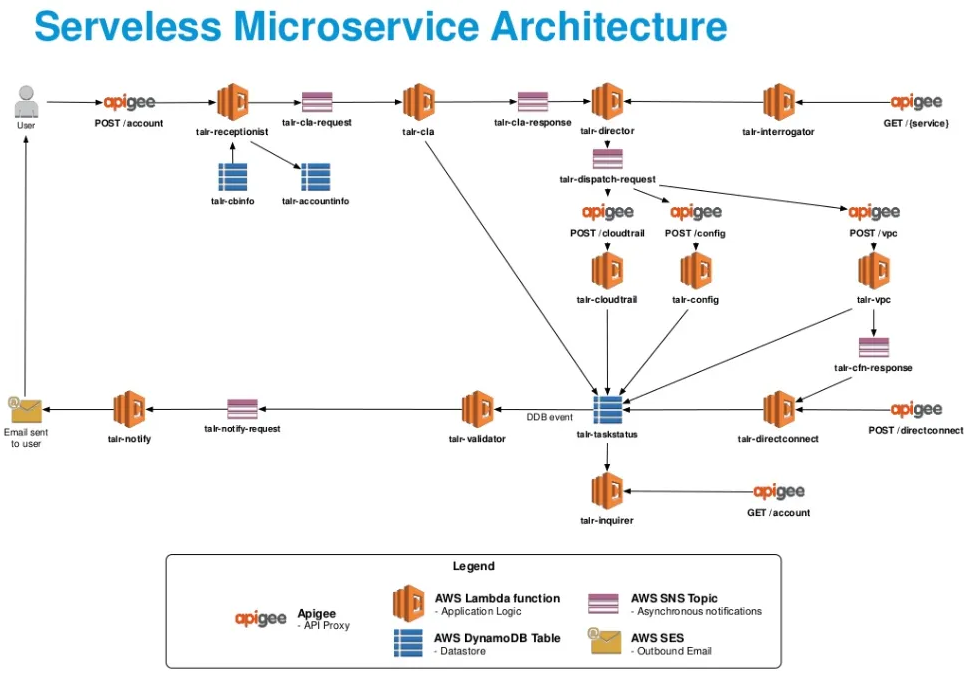
A retail corporation could use serverless functions to manage several facets of its online shopping platform, such as inventory changes, payments, and customer alerts. Each function scales autonomously based on demand, resulting in more efficient resource utilization and lower costs.
Real-Time Data Processing
Real-time data processing necessitates the ability to receive, process, and analyze data virtually soon after it is generated. Serverless functions suit this case since they are event-driven and can scale on demand. Examples include:
- Analytics and Monitoring: Serverless technology can handle logs, social media feeds, and IoT device data in real-time, delivering insights and analytics to help businesses make informed decisions.
- Streaming Services: Serverless functions can handle video transcoding, metadata extraction, and content tailoring in media streaming applications, enabling smooth and scalable streaming.
- Event Processing: In financial services, serverless can process transactions or market events in real time, allowing faster responses to market changes or fraud detection efforts.
A sports analytics company could process live game data using serverless technology. As game events (such as goals, penalties, and player substitutions) are transmitted, serverless functions evaluate the data in real-time, updating live stats on the company’s mobile app and website to provide fans with immediate insights.
IoT Applications
The Internet of Things (IoT) is a huge device network that collects and exchanges data. Serverless architecture helps IoT applications in a variety of ways:
- Scalability: IoT devices can generate large amounts of data, particularly in industrial or smart city applications. Serverless functions may grow to manage these variable demands easily, processing data from thousands or millions of devices without requiring pre-provisioned infrastructure.
- Event-driven Processing: IoT devices frequently activate activities in response to specific events or conditions. Serverless functions can respond to these events in real-time, processing data, generating alarms, or initiating other activities to improve the responsiveness and functionality of IoT systems.
- Cost efficiency: Given the irregular nature of data collection in many IoT settings, serverless’ pay-per-use architecture ensures that costs are appropriately linked with usage.
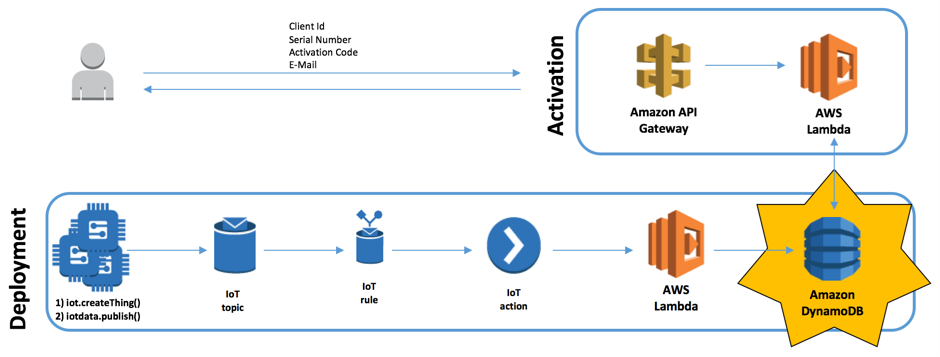
A smart home device firm uses serverless architecture to manage data from thousands of home automation devices. When a device, such as a smart thermostat, changes the home temperature or detects room occupancy, it activates a serverless function that uses this information to optimize heating or cooling schedules, thereby increasing energy efficiency.
Serverless vs. Container Architecture
Serverless architecture and container architecture provide distinct techniques for deploying and scaling applications.
- Serverless design completely abstracts infrastructure, whereas container architecture enables the packaging and deployment of programs in a lightweight, portable environment.
- Serverless applications scale automatically based on events, whereas containerized apps often scale via an orchestration tool such as Kubernetes.
- Serverless charges for the amount of resources consumed, whereas container architecture may incur fees for running the underlying infrastructure independent of application consumption.
In other circumstances, a hybrid strategy that combines serverless functions for event-driven components with containers for more complicated or stateful services may be the best option.
Please read our detailed guide to serverless versus container architectures here [LINK TO OTHER ARTICLE].
Summary
Serverless architecture provides a compelling framework for creating scalable, efficient, cost-effective applications. Developers who focus on developing code rather than maintaining infrastructure can quickly innovate and respond to business needs.
ParallelStaff offers experienced nearshore software development services to teams interested in implementing serverless architectures. With a focus on serverless and cloud technologies, collaborating with ParallelStaff can help you accelerate your projects and maximize the benefits of serverless computing.
Schedule a call with ParallelStaff today to learn how serverless architecture might improve your application development process.
- Deep Learning vs Machine Learning - July 15, 2024
- The Art of Software Quality Assurance Demystified - June 10, 2024
- Scaling Heights: Exploring the Advantages of IaaS for Your Business - June 6, 2024

